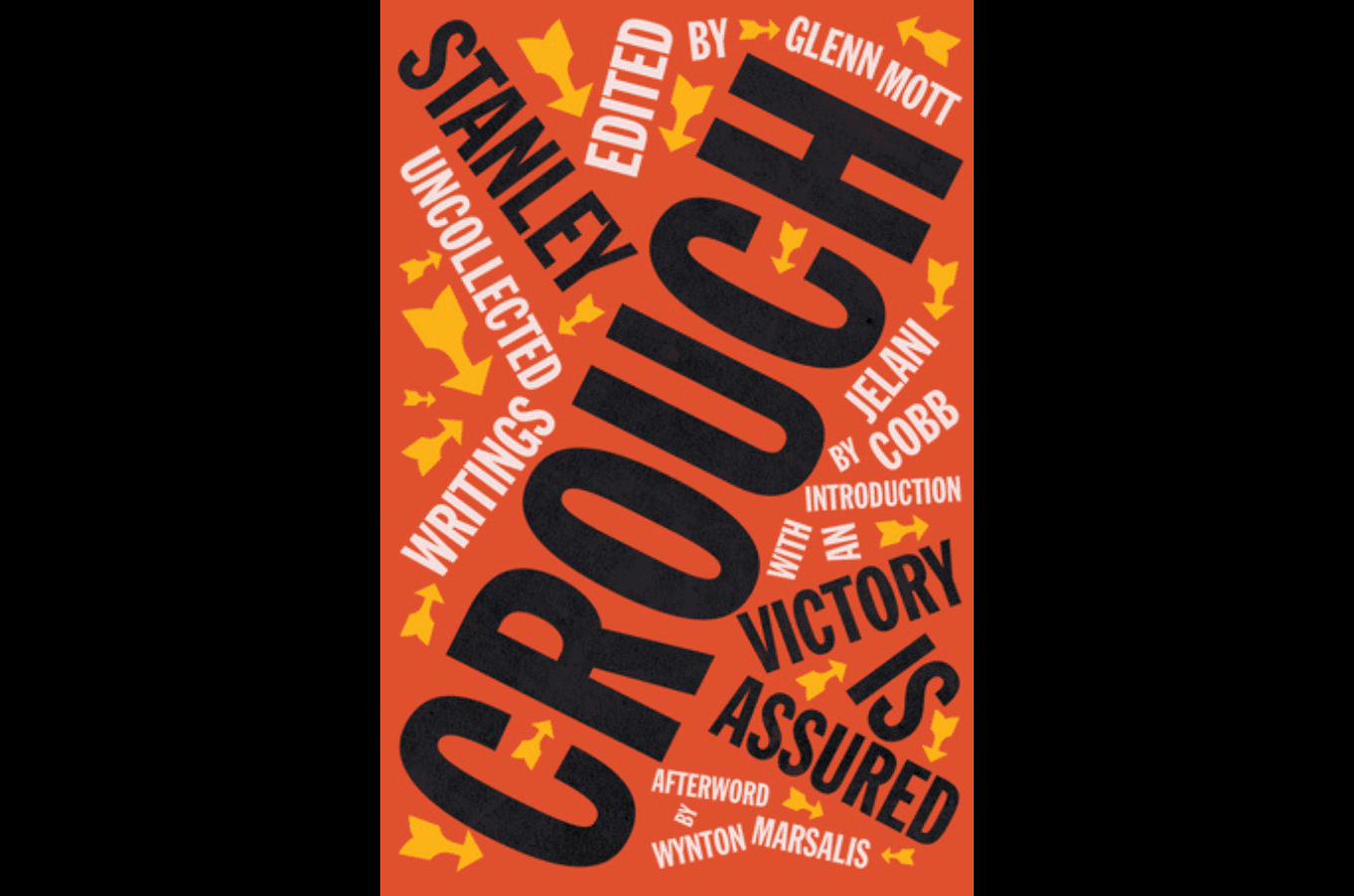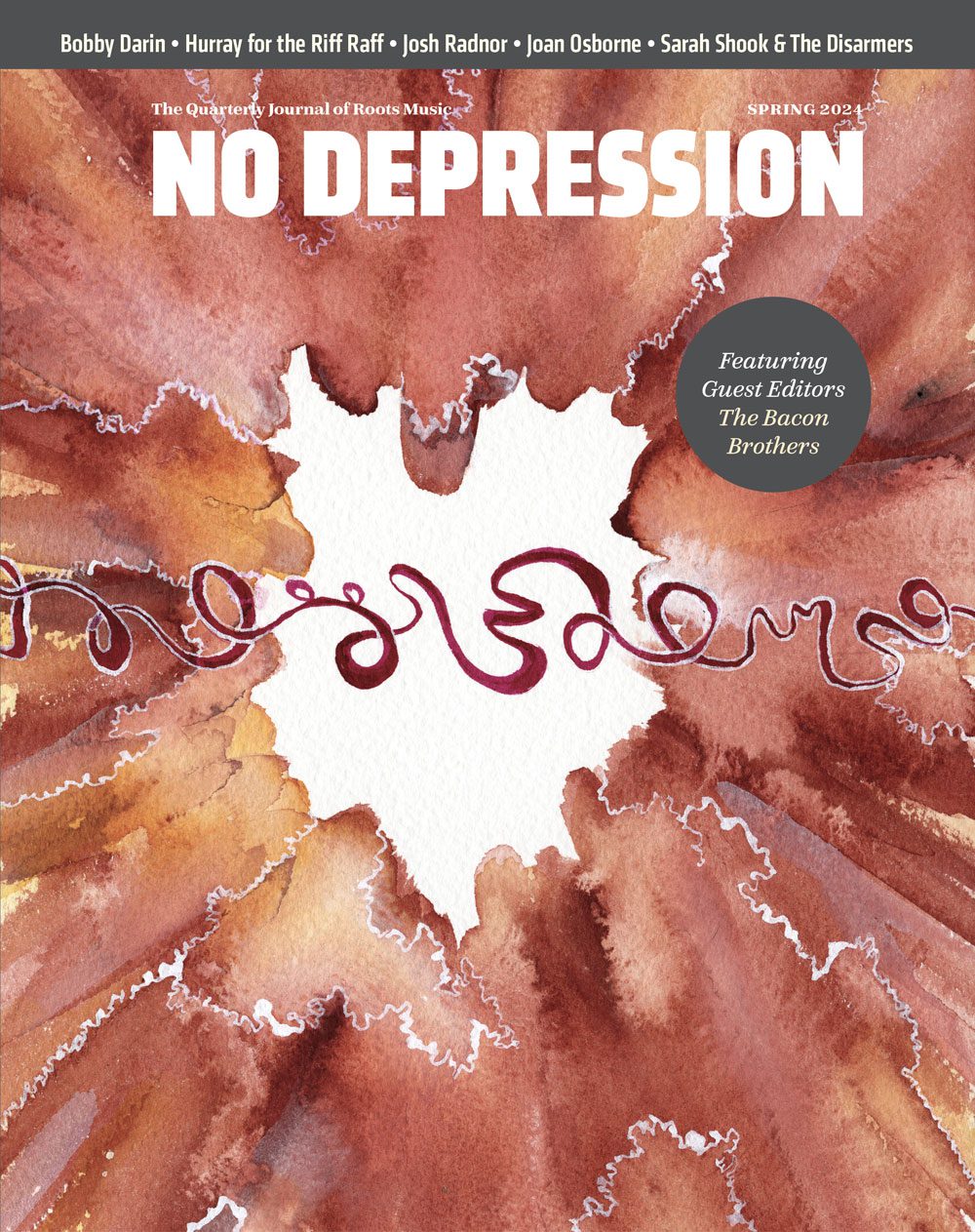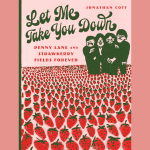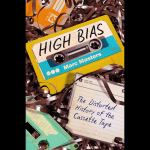THE READING ROOM: Critic Stanley Crouch’s Essays Think Deeply About Music and Culture

Toward the end of James Baldwin’s story “Sonny’s Blues,” the narrator, Sonny’s brother, visits the jazz club where Sonny is playing. Through much of the story, the narrator struggles with his brother Sonny’s deep passion for jazz and has difficulty understanding Sonny’s love of and commitment to the music. It’s not until his visit to the club, when he hears the music and witnesses how the players are transported by it, that he has a glimpse of what it means not only for Sonny and the other players but also for the ways it shapes Black identity and forms Black community.
The narrator reflects: “All I know about music is that not many people ever really hear it. And even then, on the rare occasions when something opens within, and the music enters, what we mainly hear, or hear corroborated, are personal, private, vanishing evocations. But the man who creates the music is hearing something else, is dealing with the roar rising from the void and imposing order on it as it hits the air. What is evoked in him, then, is of another order, more terrible because it has no words, and triumphant, too, for that same reason. And his triumph, when he triumphs, is ours.” Sonny’s brother’s reflections are but one instance of how deeply Baldwin’s writings are saturated with the flowing notes and cascading rhythms of jazz, gospel, and blues.
Like Baldwin, whom he considered an intellectual mentor, the late jazz and cultural critic Stanley Crouch pulled no punches in creating a critical aesthetic that called out the shallowness of cultural critics (especially white critics) of jazz and blues. Crouch, who helped found Jazz at Lincoln Center, wrote for the Village Voice, and was a longtime syndicated columnist for the New York Daily News, was dismissed from JazzTimes in 2003 for a column he wrote titled “Putting the White Man in Charge” in which he challenged the predominance of white voices writing about Black music: ” … white musicians who can play are too frequently elevated beyond their abilities in order to allow white writers to make themselves feel more comfortable about being in the role of evaluating an art form from which they feel substantially alienated.”
When Crouch died in 2020, we lost a voice that was both cantankerous and affectionate. Crouch never held back his criticism of cultural icons — he declared that LeRoi Jones delivered “obvious hand-me-down ideas, which he projects in second-rate pool hall braggadocio” — but he also was never reluctant to praise. Writing about Billie Holiday, Crouch observed that “she had a small sound, a very narrow range, and would have been helpless or largely inaudible without a microphone, but she could sing in tune, had a perfect sense of time through her gifted interpretation of Louis Armstrong, and a very artful ability to reshape songs and change notes wherever she could find her aesthetic way. In short, for all of her limitations, Holiday could hear and she could execute what she heard.”
Published late last year, Victory Is Assured: Uncollected Writings of Stanley Crouch (Liveright) collects 58 of the late critic’s essays — some of them never published before — on aesthetics, jazz, blues, and popular culture. The essays range widely over subjects including Duke Ellington’s performance at Disneyland in 1973, the “pianistic fireworks” of Cecil Taylor, Taylor’s and Max Roach’s “thinking big,” remembering Buddy Rich, Sonny Rollins, technology and how it revived Duke Ellington’s career, and Miles Davis as Romantic hero. In that essay, Crouch illustrates how Davis’ performances often displayed tender moments that called into question a view of masculinity as steely and unaffectionate.
In an essay titled “Prologue of Blues and Swing,” Crouch offers a tour-de-force reading of the history and evolution of jazz. “All aesthetics arise from life and end up going home to the world of art, no matter how or where one started, in the church or the counterfeit palace of pleasure known as the cathouse. What was understood by jazzmen the likes of Jelly Roll Morton, King Oliver, Sidney Bechet, and Louis Armstrong was of such profound importance to jazz performance that it has continued to influence every solid approach to the music, regardless of style.”
In a brilliant genealogical reading in the same essay, Crouch connects diverse streams of jazz: “In the playing and thinking of Lester Young, Count Basie, Walter Page, and Jo Jones we hear a sense of group playing, a balancing of the band’s sound, that leads right back to what the supreme New Orleans jazzmen discovered … In the best or most representative work of players and leaders such as Charlie Parker, Dizzy Gillespie, Thelonious Monk, The Modern Jazz Quartet, Charles Mingus, George Russell, and Ornette Coleman we hear the basic conceptions of New Orleans reinterpreted for very different styles or multiple styles.”
For readers unfamiliar with Stanley Crouch, Victory Is Assured serves as a bracing introduction to his cultural criticism; for fans of Crouch, this collection is essential, and it reminds readers of his brilliant and rigorous ways of listening and teasing out connections among a wide range of cultural artefacts.




